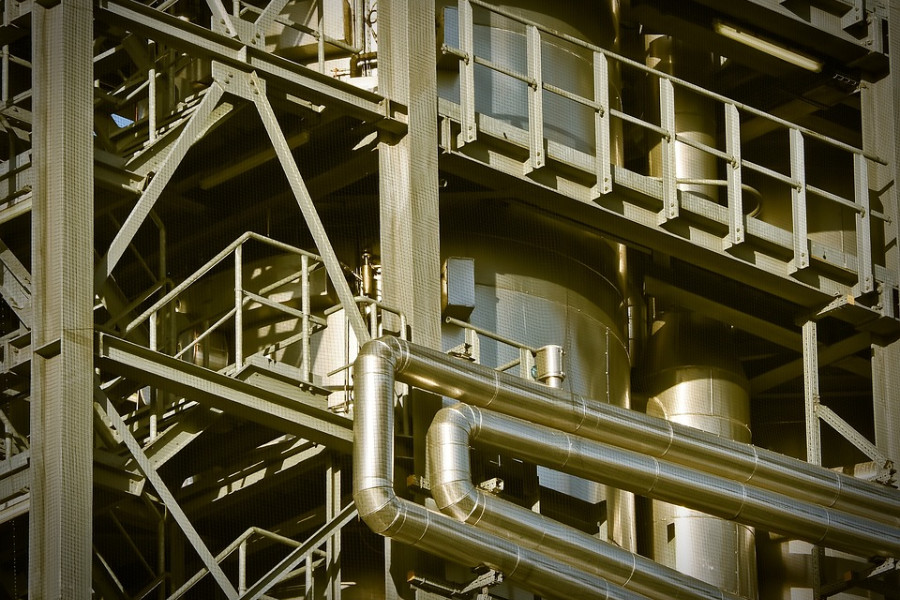The Case for Prioritizing Machine Safety in Automation Projects
Your automation project is doomed before it starts if you treat safety as an afterthought. Most companies get this backwards. They design their automated systems first, then try to bolt on safety features later. This approach doesn’t just create dangerous workplaces – it destroys the business case for automation itself.
The numbers tell a brutal story. Companies that skip safety planning during automation projects face accident rates 300% higher than those who build safety into their designs from day one. Pacific Blue Engineering has seen this pattern repeatedly – manufacturers who cut corners on safety during automation end up spending more on remediation, lawsuits, and downtime than they would have spent doing it right the first time.
The Real Price of Safety Shortcuts
You’re not just risking worker injuries when you postpone safety considerations. You’re setting up your entire automation investment to fail. Think about what happens when your automated system hurts someone.
Production stops immediately. OSHA investigators swarm your facility. Your insurance company starts asking uncomfortable questions about your safety protocols. The media picks up the story because “robot injures worker” makes compelling headlines.
But the hidden costs are even worse. Your automation project loses credibility with workers who now see it as a threat rather than a tool. Union representatives use the incident to oppose future automation efforts. Management starts second-guessing every aspect of the project.
Some companies never recover from these setbacks. They abandon automation projects that could have saved millions in labor costs and productivity gains. All because they tried to save a few thousand dollars on safety systems.
Why Safety Gets Pushed to the End
Project managers face enormous pressure to keep automation projects on schedule and under budget. Safety systems often represent 15-20% of total project costs, making them tempting targets for cuts when budgets get tight.
The logic seems sound at first glance. Get the core automation running, then add safety features during commissioning. This approach feels like smart project management – deliver the main functionality first, polish later.
This thinking is dangerous. Safety systems work best when they’re designed into automation projects from the beginning. Retrofitting safety into existing automated systems is like trying to add airbags to a car after it’s built. You can do it, but it’s expensive, clunky, and often ineffective.
Perhaps more importantly, workers lose trust in automation systems that don’t prioritize their safety. They find ways to bypass safety features or avoid using automated equipment altogether. Your productivity gains disappear when people refuse to work with systems they don’t trust.
The Psychology of Automation Fear
Workers watching automation projects often wonder if machines will replace their jobs. When those same projects neglect safety, workers conclude that management doesn’t care about their wellbeing. This creates resistance that can kill automation projects before they deliver benefits.
Smart manufacturers understand this psychology. They use safety-first automation to demonstrate that technology can make jobs better, not just eliminate them. Workers become advocates for automation when they see it protecting them from dangerous tasks.
The opposite happens when safety comes last. Workers see automation as a threat to both their jobs and their physical safety. They resist training on new systems. They find excuses to stick with manual processes. They spread negative opinions about automation throughout the facility.
Building Safety Into Automation Design
Real safety starts during the design phase, not during installation. You need to identify potential hazards before you select equipment or write control logic. This means thinking through every way workers might interact with automated systems.
Consider these questions during design:
• What happens if someone enters the work area while machines are running? • How will workers perform maintenance tasks safely? • What occurs if sensors fail or give false readings? • How do workers escape if something goes wrong during operation?
These aren’t theoretical concerns. They’re scenarios that happen in real facilities every day. Automation systems that don’t account for these situations create accidents waiting to happen.
The good news is that modern safety technology can address most hazards without compromising productivity. Light curtains can stop dangerous motion when workers approach. Pressure-sensitive mats can detect unauthorized entry. Emergency stops can shut down systems instantly when problems occur.
The Path Forward
Your next automation project will either prove or disprove your commitment to worker safety. Employees are watching to see whether you’ll prioritize their wellbeing or cut corners to save money.
Start safety planning before you start equipment selection. Build safety requirements into vendor specifications. Allocate sufficient budget for comprehensive safety systems. Train workers on safety features before they start operating automated equipment.
Most importantly, communicate why safety matters to your automation strategy. Help workers understand that safe automation protects jobs rather than eliminating them. Show them how safety systems make their work more productive and less stressful.
The choice isn’t between fast automation and safe automation. Modern projects can deliver both. The question is whether you’ll learn this lesson through careful planning or expensive mistakes.
Your workers are counting on you to choose wisely. Your business depends on getting it right.
Featured Image Source: https://pixabay.com/photos/factory-building-industry-1140760



